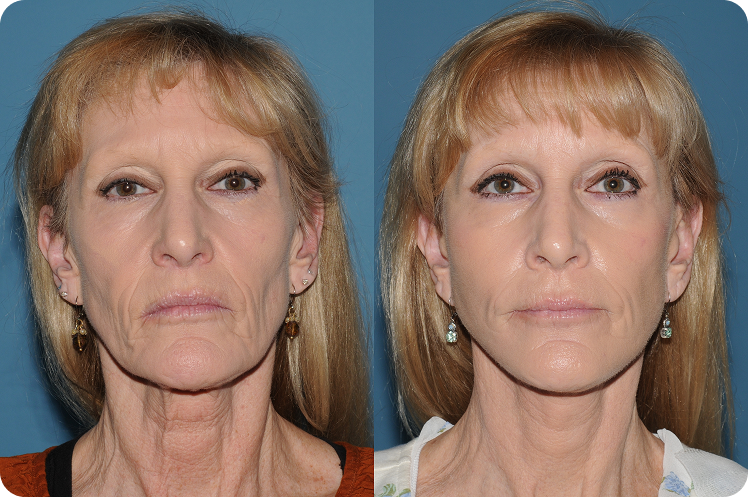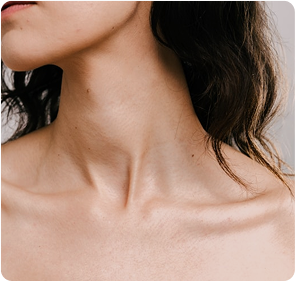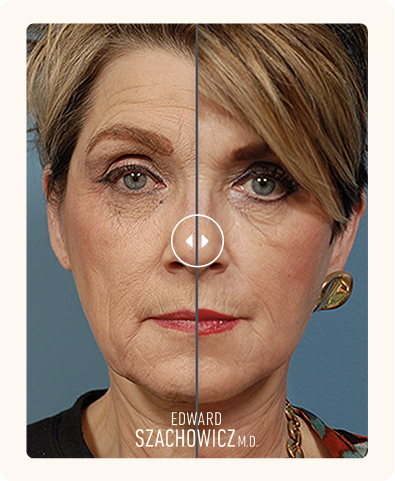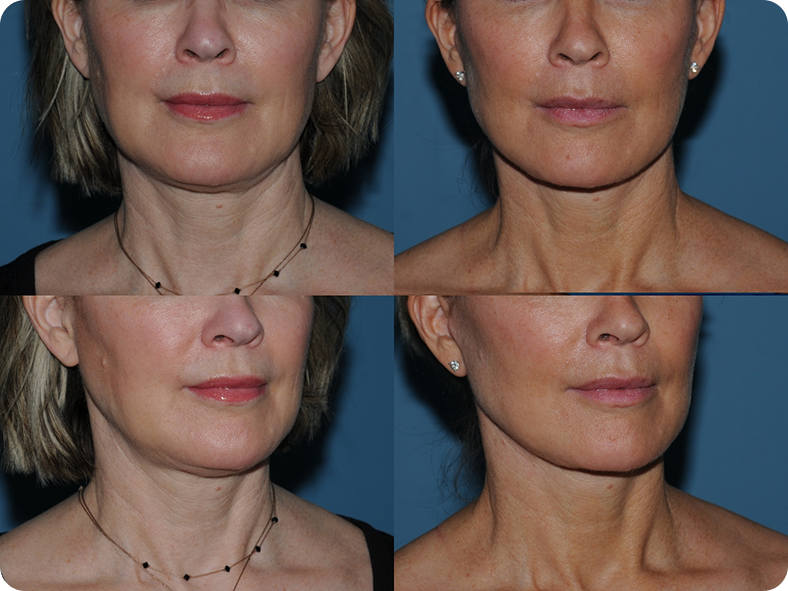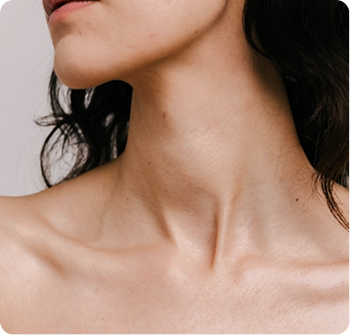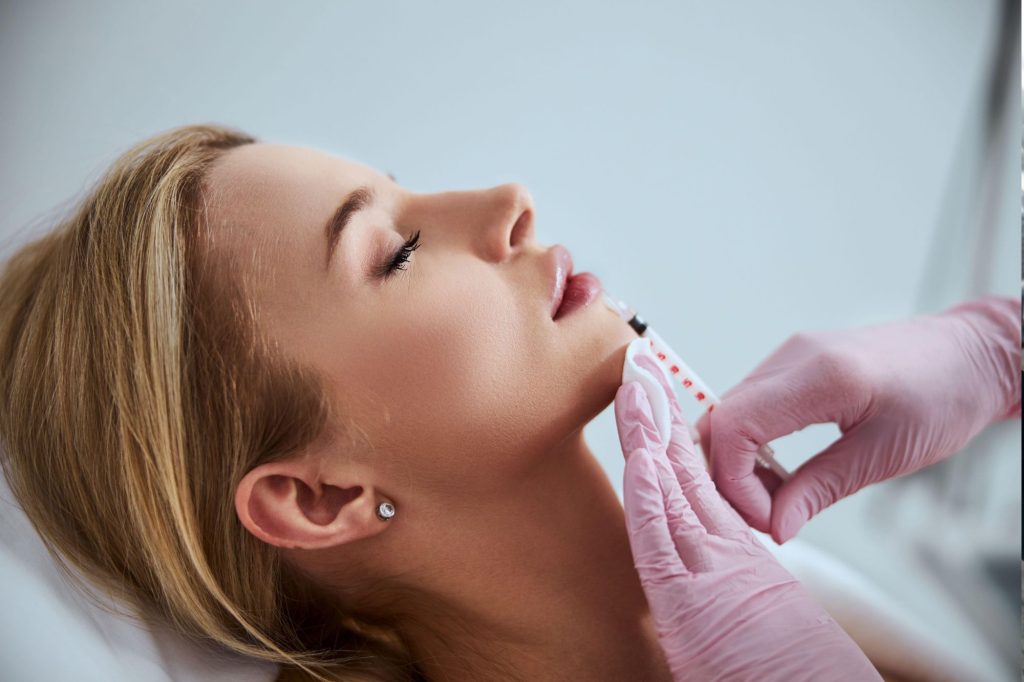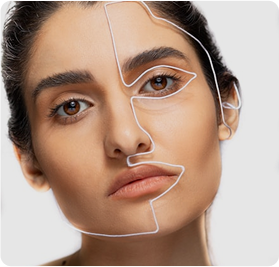Is a Facelift right for you?
The best candidates for facelift surgery are in good health and want to maintain their natural appearance with subtle, long-lasting results. During your consultation, Dr. Szachowicz will assess important factors such as skin elasticity, facial volume, bone structure, and neck contour to determine the best approach for your unique features.
Many people start considering a facelift when the way they look no longer reflects how they feel—vibrant, confident, and full of life. While patients often explore this option in their 40s or 50s, excellent results can be achieved well into the 60s, 70s, and beyond.
Ultimately, it’s not about age—it’s about how you want to show up in the world, and whether you’re ready to look as good as you feel.

